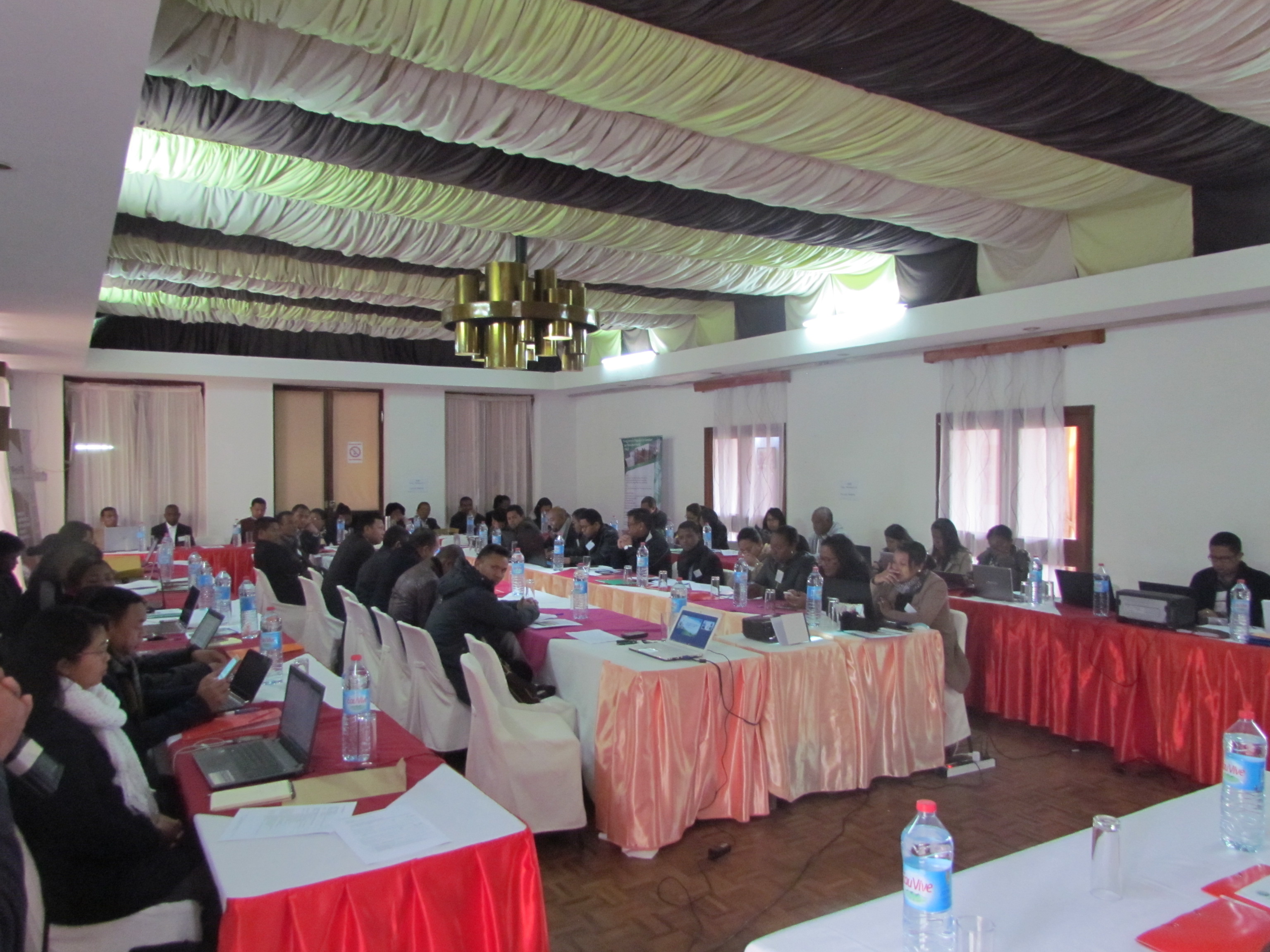

A multidisciplinary national FLR committee was set up as an advisory board, facilitating intersectoral & interministerial coordination to moving from the FLR pledge to concrete policies and action. It consists of 15 persons including the ministries of environment, agriculture, energy and water, spatial planning and representatives from civil society and the private sector.
It covers five working groups dealing with i) forest management, ii) water, iii) agriculture, vi) financing and v) soil management. It validates all key decisions. Members also participate, as resource persons, in technical capacity building activities.
The committee conducted a stakeholder and capacity needs assessment, funding analysis and facilitated various multi-stakeholder dialogues e.g. for the development of the national forest landscape restoration strategy and ensures that the interests of involved stakeholders are considered.
The FLR platform is a multi-stakeholder dialogue forum with more than 50 members, led by the FLR committee, to discuss, propose and validate practical solutions for forest landscape restoration at regional and local level and support the implementation of the FLR strategy and capacity development.
- FLR focal point was appointed immediately after the AFR100 pledge in 2015, to lead the process; he was the key person and a driving force, due to the very good network with different ministries and stakeholder groups, acting as institutional knowledge broker, networker, keeping up the political momentum
- Strong synchronization of different concepts, policy coherence due to interaction between focal points responsible for different commitments, such as mangroves, UNCCD, etc
- It was crucial to agree on a common definition for ‘landscape’ as a watershed unit; actors used it in very different ways in the past
- Existing spatial planning only covers administrative divisions while the landscape approach uses watershed divisions. Consultation with the Ministry of Planning were required to adopt landscape approach and results of this solution in the national spatial plan
- FLR is a multi-sectoral landscape concept, integrating various stakeholders; at the beginning, the platform only focused on forest and environment sector. It was crucial to ‘open up’ for other sectors e.g. spatial planning and water
- Restructuring of the committee was relevant to reflect FLR priorities such as land tenure, water, soil rehabilitation & ensure the capacity building
- Establishing thematic subgroups (soil, land tenure, water, forests) allowed better operationalization
- High level of participation from different stakeholders ensured legitimacy of outputs